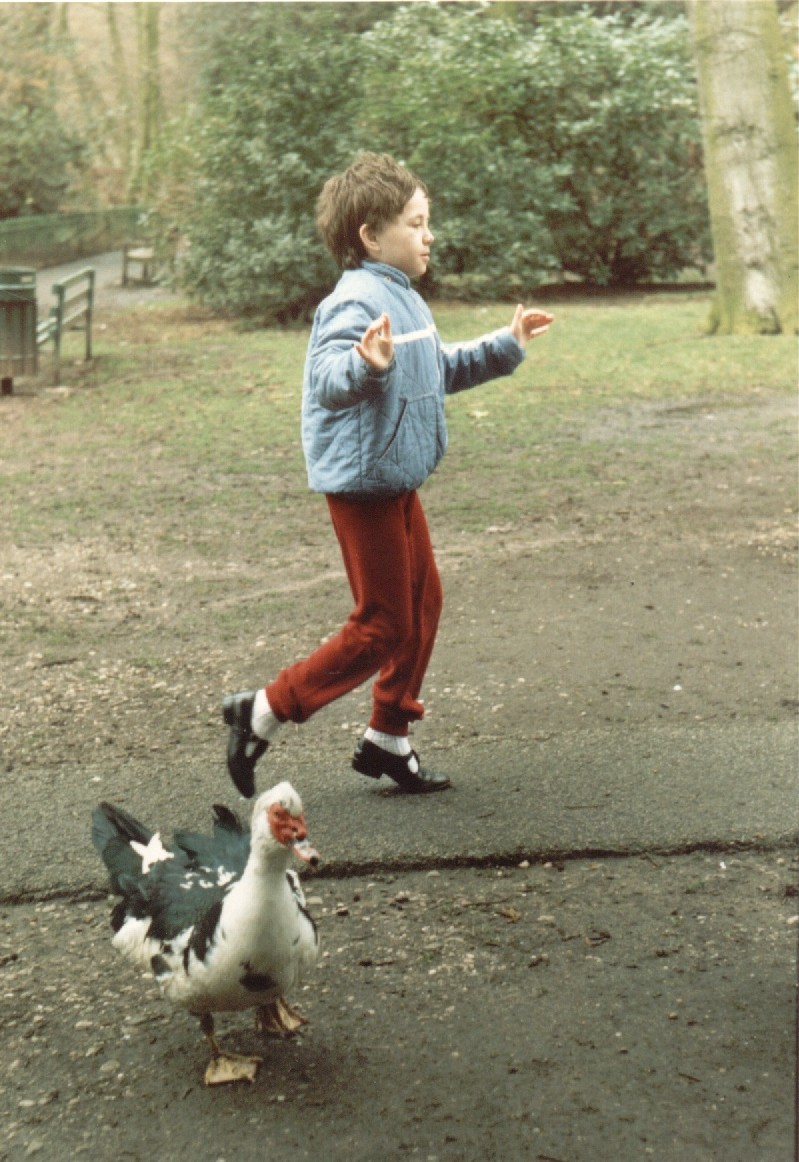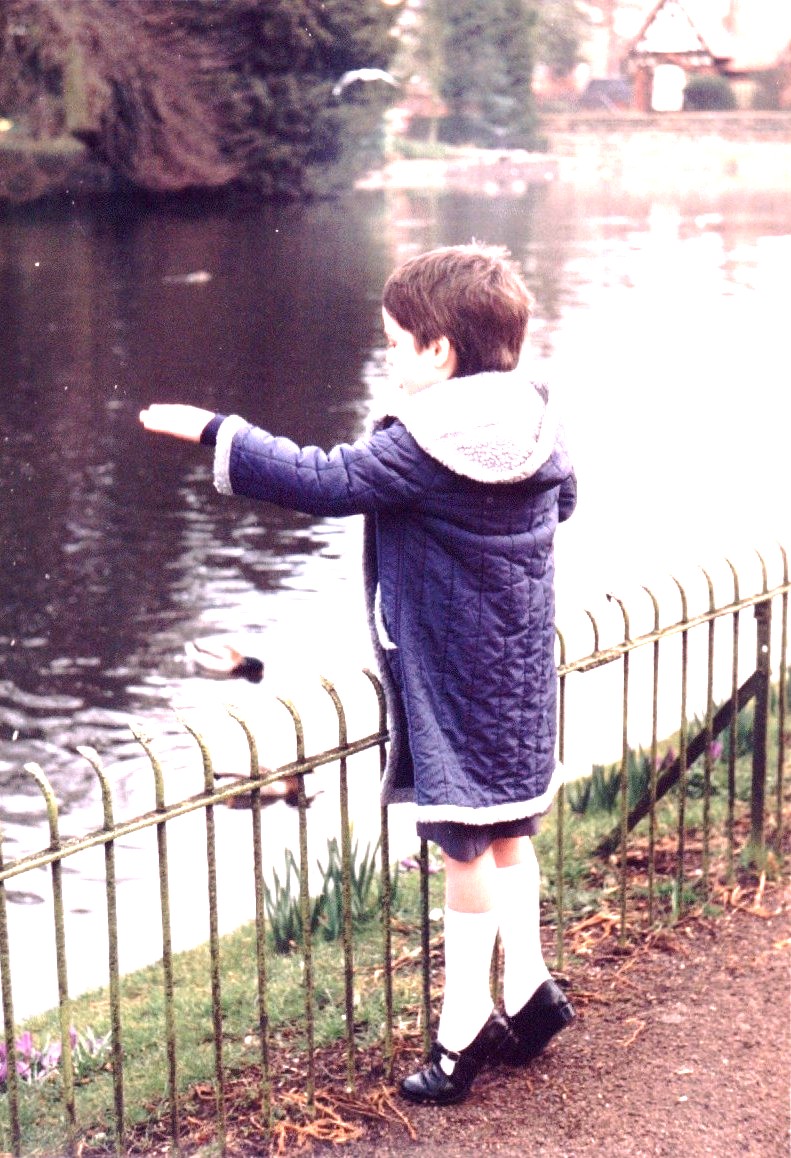


The phenomenon of 'flapping'
Some severely mentally handicapped children occasionally flap their
arms, especially when excited, perhaps when running around, or engaging
in some other type of gross motor activity.
If we look at the second feature of frank U.M.N. damage or dysfunction,
flexion of the upper limbs, we will see the basis of our flapping.
Since the behaviour is a repeated flexing of the arms, and not a
sustained posture, it is clear that the U.M.N. dysfunction is a slight
and variable one.
From the observation that the behaviour is especially associated with
excitement and gross bodily activity we may describe it as a
fluctuating manifestation of a normally only sub-clinical and latent
condition.
We might also describe the behaviour as a pattern of pathological
associated movements. These are abnormal movements which do not usually
show themselves but occur when the neurological patient engages in
some normal type of activity.
Associated movements accompany voluntary movements, especially fast
gross motor movements, when the individual exerts himself physically .
They are also to be seen when the individual is excited, and we can
see that the common thread behind excitement and fast movement or
exertion must be a high level of activity, perhaps of the A.N.S.,
especially the S.N.S. and a high level of substances such as adrenalin
etc.
This behaviour might become linked with, and triggered by, specific
stimuli, and be reinforced/rewarded by specific consequences. So, for
example, C.W would run and flap, or just stand and flap,
i. in proximity to ducks and other birds; the resulting scattering of
these creatures, as with normal young children, being very rewarding
for her
ii. when close to bubbles produced for her amusement
Go back to top of page
Go back to introduction
Related topics:
TOE-WALKING





